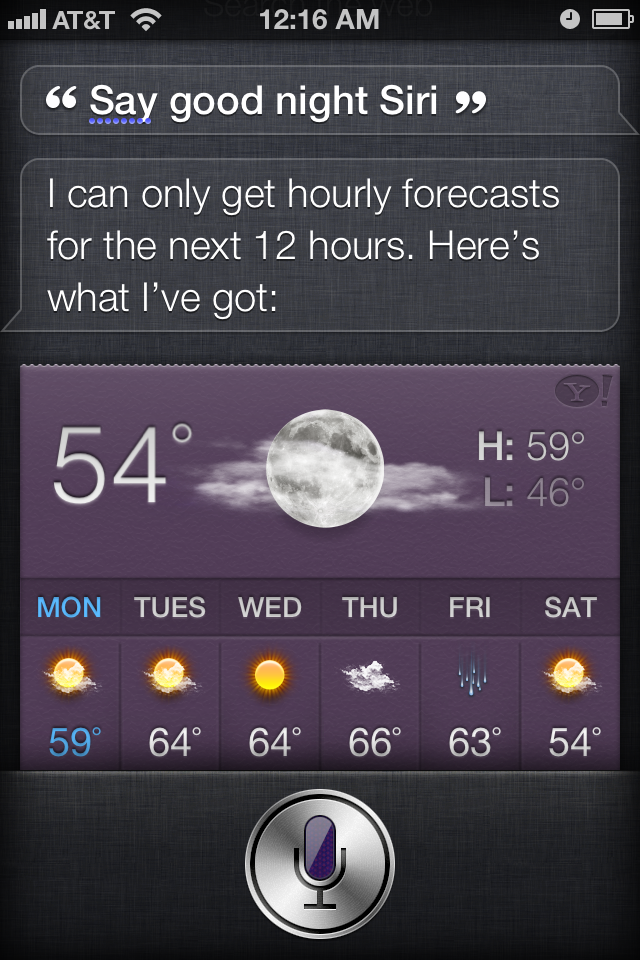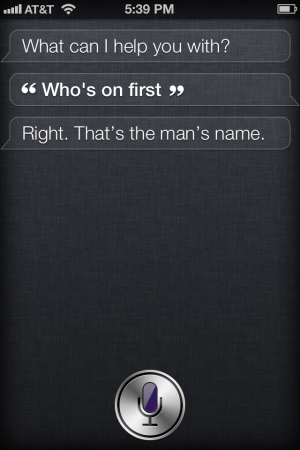Jon Kolko would tell you himself that he’s a disruptor and an instigator. He likes to come into a conversation with an incendiary position and then fan the flames. When we worked together at frog, I once brought a knitting project to a talk he gave so I wouldn’t be tempted to live-tweet snark about it. I give him a lot of slack because his heart is usually in the right place, but his latest piece for Johnny Holland is way too problematic to let pass. Jon’s selling people on a model of interaction design as calling that’s not only wrong, it is, I think, potentially harmful both to the profession and to the people who we want to have enter it.
Talking about what he wants to inspire the designers who come through the Austin Center For Design (AC4D) to do, Jon writes:
If we recognize the power of design, and also recognize the finite length of our careers, we arrive at an interesting place – a place that demands we focus only on the most pressing, demanding, important, and critical work.
Consider that, in your career, you have about forty or fifty good, productive years to work.
Should you really be focused on creating a new UI for a thermostat? A new façade for a banking website? A new operating system for a mobile phone? Or are there other things – things that are more financially, culturally, or spiritually more valuable – that you could, and should, be doing?
I’ll let other people talk about the value of mobile OSes, and the disruptive potential of mobile technology for the developing world. And I’ll only note in passing that as of today we have a United States Federal Consumer Financial Protection Bureau, dedicated to promoting “fairness and transparency for mortgages, credit cards, and other consumer financial products and services,” so clearly someone thinks that better interactions with your financial service providers are important to the nation’s well-being. But because I’m the creative director at a startup developing systems to manage and monitor your home energy consumption, including new web and device interfaces to manage your thermostat, I will take a moment to talk about thermostat UIs - and I promise I’ll tie it in to a larger argument.
The best estimates are that about 10% of all energy use in the United States goes into heating, ventilation, and air conditioning (HVAC). The average American family’s share of that number is roughly half of their total energy use, at a cost of about a thousand dollars a year. To put that number into perspective, the median American family income in 2010 was about $50,000 before taxes.
The EPA estimates that the average family could save $180 a year with a properly programmed thermostat, and programmable thermostats are now standard in new home construction. However, the EPA revoked the ENERGY STAR certification from all programmable thermostats in 2009 because they were too hard to use, citing “the potential for user interface issues to reduce energy savings.” Credible research suggests that 90% of current programmable thermostats aren’t being used as they were intended.
Now let’s say you could build a thermostat UI that passes rigorous usability testing with flying colors, that educates people about energy-efficient choices, and makes it easy for them to program and manage their thermostats. A thermostat that could actually help people save money during a recession, and reduce consumption of the fossil fuels behind climate change. Is that “pressing, demanding, important, and critical work” yet?
I walked you through this not just because I like my job, but because I think the examples Jon chose show a basic flaw in his case for AC4D, which doesn’t even need him to make that particular case for it.
Jon is the Executive Director of Design Strategy at a “venture acceleration firm,” where he helps his clients make “substantial leaps in their equity value.” The work he highlights in his Johnny Holland piece from AC4D, the design program he founded, is all targeted at high-risk populations like the chronically homeless, longterm healthcare patients, and their caregivers. What he misses out on between these two poles is all the stuff in between: the ordinary needs of ordinary people. The family for whom $180 a year, year over year, is worth the investment in a new, easy to use programmable thermostat — and the thousands of tons of fossil fuels that can be saved when that choice gets made over and over again in households across America.
Design that helps everyday people better understand and act on their environments in their day to day lives is important work, maybe the most important work. I’ve always argued that interaction design can have an ethical component, because it gives people greater control and agency over the technology that’s more and more central to their lives. Sometimes that’s not easy to remember, if you’re making something that helps a telco maximize the amount of data their customers will use, or creating upsell tools for advertising, but it’s part of - I think, the best of - what we can do.
But more than that: don’t listen to me, or to Jon, or to anyone else, who tries to tell you what you should or shouldn’t make as a designer.
No one gets to judge the reasons why you do the work you do. Maybe you need a guaranteed steady income to support your family. Maybe you need to be home every night at a predictable time, or you’re a devotee of the “medium chill.” Maybe you like making mobile phone operating systems, or HR tools, or POS terminals. Don’t let people make you feel like if you haven’t been out making applications to combat malaria in sub-Saharan Africa, your career is a waste. Believe me, there are plenty of people doing that kind of work who feel burnt out and ground down too.
If you’re staying where you are because you’re afraid, or because you don’t want to lose your sweet vacation package, or something like that, then yeah, maybe you need to take a good long hard look at yourself and what you’re doing. But if you can find pleasure in the work, and you’re adding to the store of good design in the world, then ignore all this useless advice and follow your own heart. Fight for user-centered design wherever you are. Make things that people like using, that can help them do the things they want or have to do. Do the work. Let the community judge you on that, not anything else.
Many thanks to my colleagues Stephan von Muehlen and Sarah “no relation” Bieber for help with statistics.


